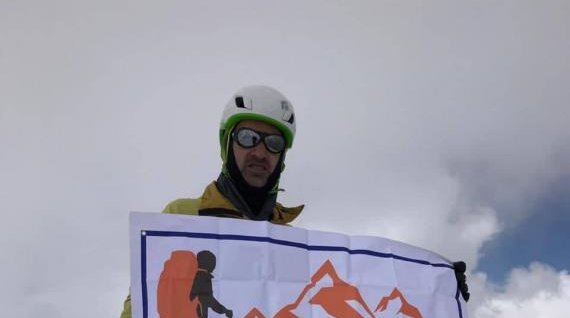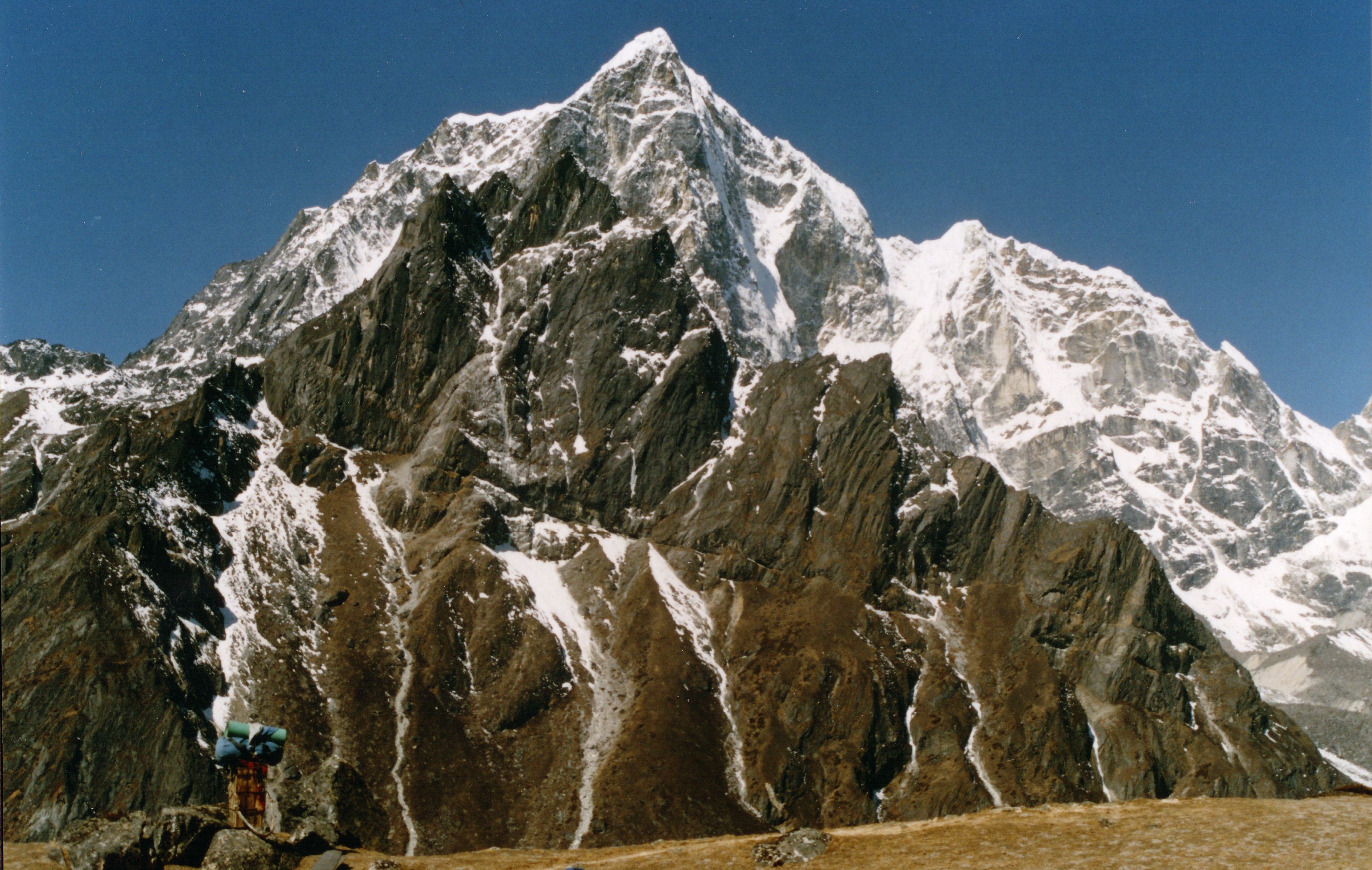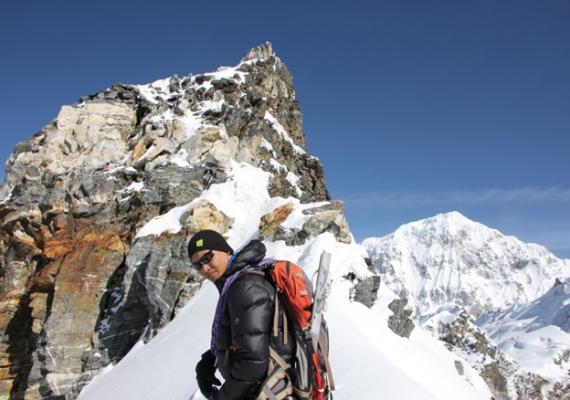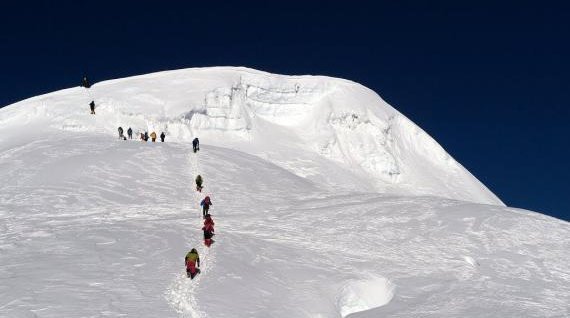- Home
-
Destination
-
Nepal
-
Tamang Heritage Trail Trek
-
Ganesh Himal Trek
-
Tour
-
Kathmandu-Pokhara-Chitwan Tour
-
Nagarkot-Bandipur-Lumbini Tour
-
Kathmandu City Sightseeing
-
Kailash Mansarovar Tour via Helicopter
-
Local Village Tours in Nepal
-
Kanchanjanga Trek
-
Buddhist Cultural Tours
-
Explore Kathmandu's Seven UNESCO World Heritage Sites with Himalayan Hero Adventures
-
The Ultimate 10-Day Upper Mustang Motorbike Tour
-
Kathmandu-Pokhara-Chitwan Tour
-
Hiking
-
Nagarkot Telkot Hiking
-
Chasapani Nagarkot Nababuddha Hiking
-
Dhampus Sarankot Hiking
-
World Peace Stupa Hiking
-
Nagarkot Chagunarayan Hiking
-
Shivapuri National Park Hiking
-
Kakani Suryachaur Hiking
-
Jiri to Everest Base Camp Trek: The Complete Guide
-
Ghorepani Poonhill Trek
-
Langtang Valley Trek- 8 days cost and itinerary
-
Nagarkot Telkot Hiking
-
Adventure
-
Kathmandu Paragliding
-
Trishuli River Rafting
-
Bungee Jumping
-
Paragliding In Pokhara
-
Jungle Safari
-
Zip Flying
-
Pokhara Ultralight Flight Best Price 2025
-
Everest Mountain Flight
-
Everest Base Camp Trek 14 days
-
Gokyo - Chola Pass - EBC Trek
-
Annapurna Base Camp Trek
-
Khopra Danda Trek
-
The Nar Phu Valley Trek for Beginners: Your Ultimate 12-Day Adventure Guide
-
Tilicho Lake Trek
-
Upper Mustang Trek: Journey to Nepal's Last Forbidden Kingdom
-
Lower Mustang Trek
-
Jomsom Muktinath Trekking
-
Complete Manaslu Circuit Trek 2025: Route, Difficulty, Costs
-
Makalu Base Camp Trek: Nepal's Hidden Himalayan Gem
-
Annapurna Circuit trek 14 days: Himalayan Hero Adventure
-
Kathmandu Paragliding
- Heli Tour
- Climbing
-
Tamang Heritage Trail Trek
- Tibet
- Bhutan
-
Nepal
-
Nepal trekking
-
Everest Region
-
Kathmandu to Everest Helicopter Tour: Best Price & Complete Itinerary
-
Everest Base Camp Trek 14 days
-
Gokyo - Chola Pass - EBC Trek
-
Gokyo Lake Trek
-
Jiri to Everest Base Camp Trek: The Complete Guide
-
Everest Tengboche Trek
-
Everest View Trek
-
Pikey Peak Trek
-
Everest 3 Pass Trek
-
Everest Base Camp Trek by Road: Beginner's Guide
-
Kathmandu to Everest Helicopter Tour: Best Price & Complete Itinerary
- Annapurna Region
- Langtang Region
- Mustang Region
- Manaslu Region
- Dolpo Region Trek
- Kanchanjanga Region
- Makalu region
-
Everest Region
- About
- Package
- Blog
- Contact





